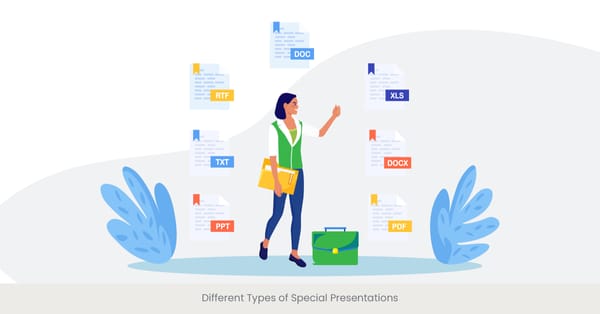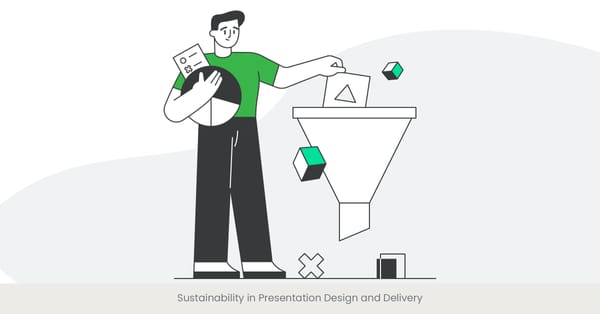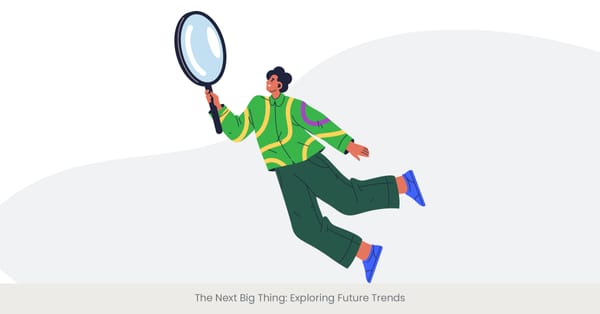
Street Art and Public Installations: Painting the Town with Your Brand
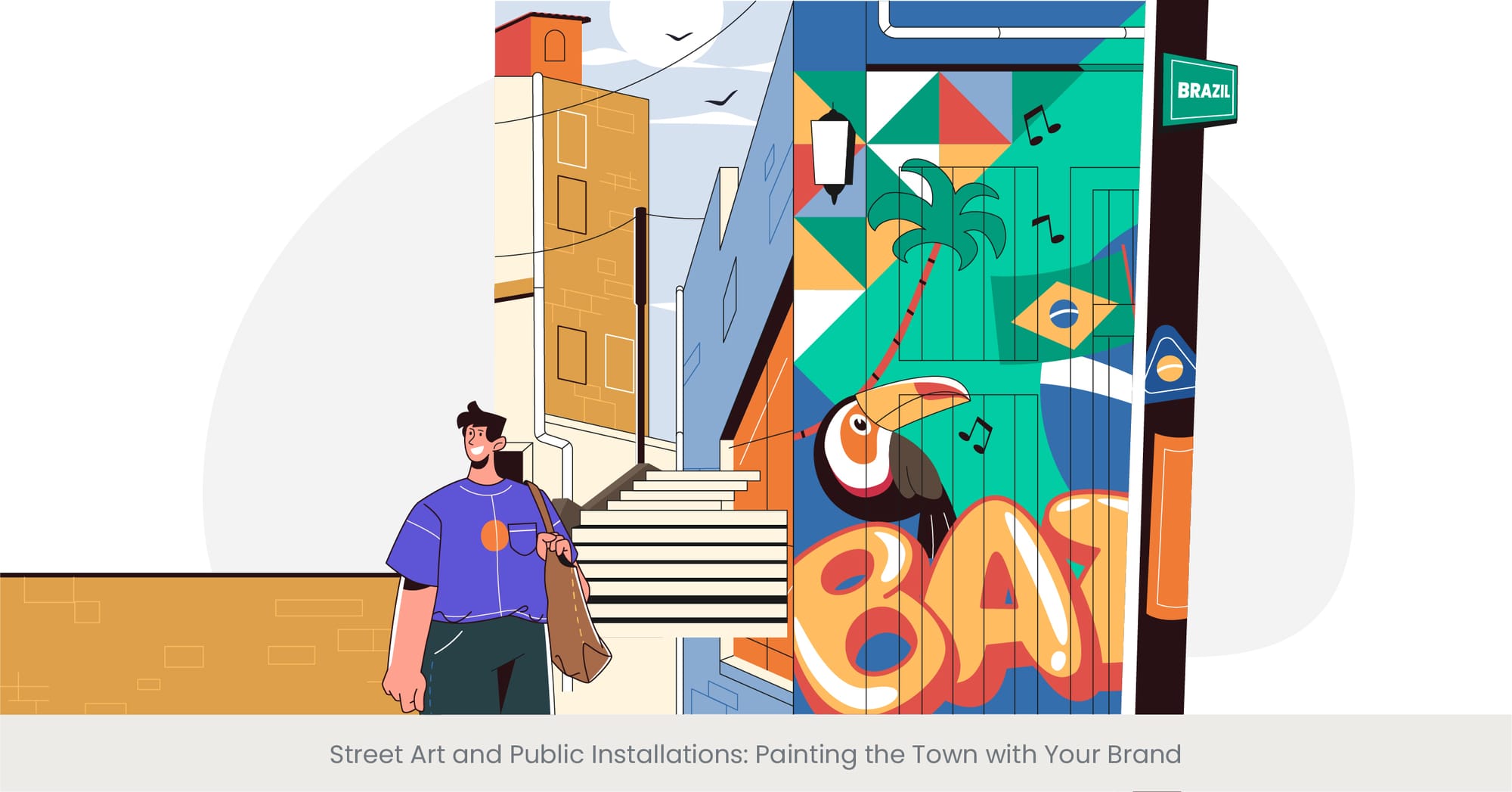
Introduction to Guerrilla Marketing Through Art
Street art and public installations offer a dynamic canvas for guerrilla marketing, allowing brands to engage with the public in spaces that are typically free from traditional advertising. By integrating marketing messages into street art and installations, companies can create memorable, immersive experiences that capture the attention of passersby and generate significant word-of-mouth buzz. This method not only enhances the visual landscape but also leverages creativity to push the boundaries of conventional advertising and effective product presentation design. In fact, visual communication in product demos and guerrilla marketing go hand in hand, as they both aim to create an impactful, lasting impression.
Exploring the Roots of Street Art in Marketing
Historically, street art has been associated with subversive culture, often used as a form of social or political commentary. However, its adoption into marketing has transformed it into a powerful tool for commercial messaging. Street art in marketing often incorporates vibrant visuals and strategic placements to maximize visibility and impact, much like product presentation services focus on delivering striking visual elements. This approach benefits from high foot traffic and the unique ability of art to evoke emotional responses, just as storytelling in product presentations captures the imagination of the audience and drives home the brand’s message.
Real-World Examples and Case Studies
One notable example of street art used in marketing is the campaign by Adidas during the 2014 FIFA World Cup. Adidas created a series of street art murals in key cities featuring popular football players. This not only heightened excitement around the event but also strengthened the brand's association with street culture and sports. Similarly, innovative product presentation services elevate the customer experience by creating a sense of excitement around the product. Another example is the interactive installations by Coca-Cola, where vending machines were transformed into happiness-dispensing surprises, offering free products, flowers, or even pizza. These fun experiences act much like engaging product presentation scripts, where unexpected elements keep the audience interested and increase brand recall.
Validating Street Art Marketing with Data
Research and case studies highlight the effectiveness of street art in guerrilla marketing. According to a study by the Outdoor Advertising Association of America, outdoor marketing campaigns, including street art, generate high engagement rates, with 82% of participants recalling the visual advertisement later. Moreover, such campaigns can increase foot traffic by up to 40%, much like well-executed product presentation services or visual communication in product demos can significantly boost customer engagement and sales. Storytelling also plays a pivotal role in making these campaigns memorable, akin to storytelling in product presentations, where narratives captivate and resonate with the audience.
As you begin planning your next product launch or campaign, ensuring your product presentation is top-tier is crucial. High-quality presentations elevate your message and make a lasting impression on your audience
Ready to transform your product presentations? Contact our expert team today!
Creative Unboxing Experiences: Elevating Product Presentation
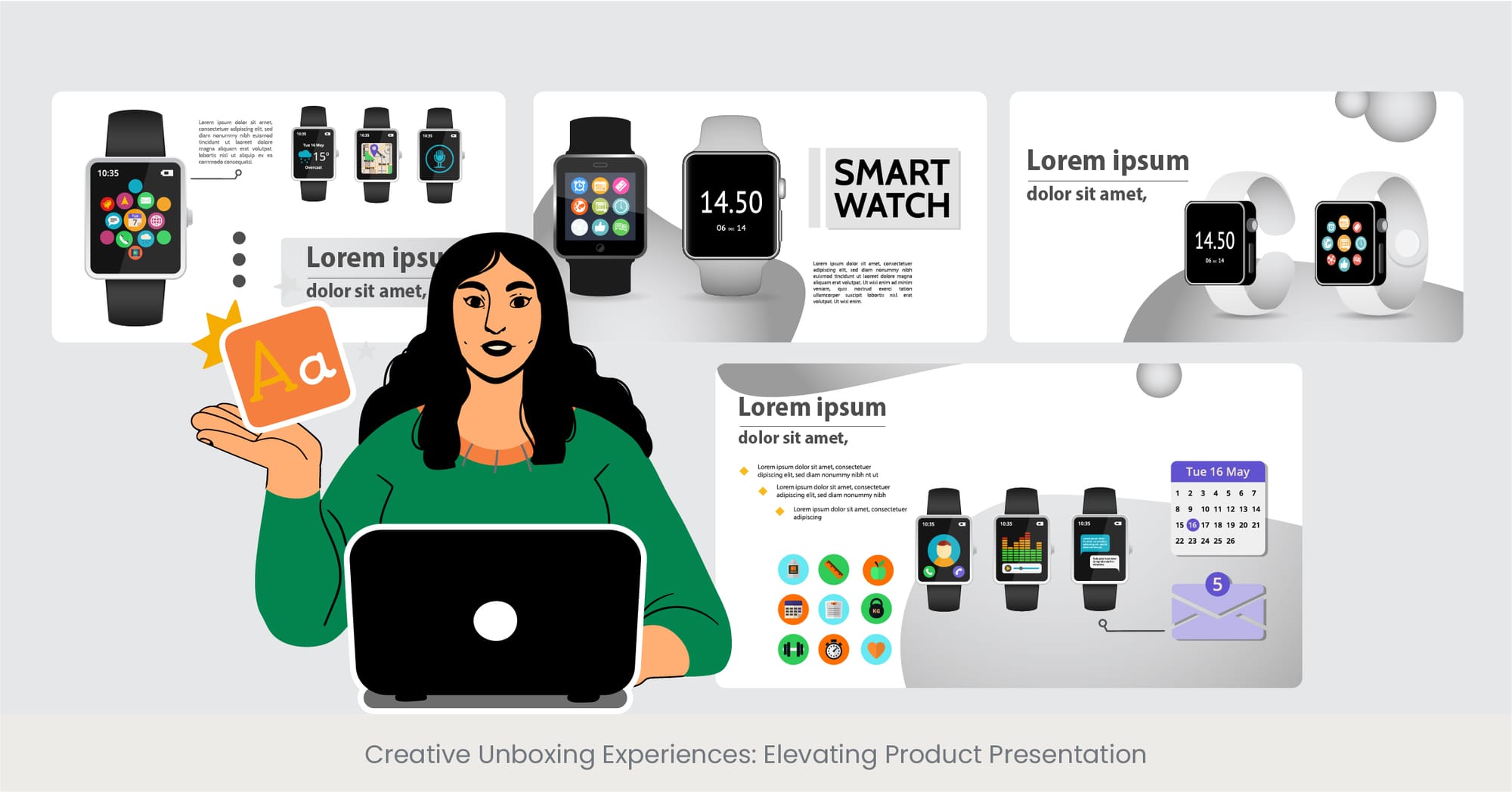
Introduction to Enhancing the Unboxing Experience
Creative unboxing experiences have emerged as a pivotal marketing strategy, especially in the e-commerce sector, where the first physical interaction a customer has with a product is when it arrives at their doorstep. This moment is not just about the product reveal; it's an opportunity for brands to extend their narrative and engage customers on a more personal level. Much like effective product presentation design, innovative packaging and thoughtful, creative product presentation services can transform a routine unboxing into an event that excites customers and encourages social sharing. Storytelling in product presentations is also extended to unboxing experiences, creating an emotional connection with the brand.
Background and Evolution of Unboxing
The concept of unboxing began gaining popularity with the rise of social media platforms like YouTube and Instagram, where users started sharing videos and photos of themselves opening new products. This trend has led companies to rethink packaging as part of the product experience rather than just a protective casing. High-quality, aesthetically pleasing, and interactive packaging designs, much like visual communication in product demos, are now at the forefront of strategic marketing to enhance customer satisfaction and loyalty. In particular, the emotional response evoked by storytelling in product presentations is mirrored in the excitement generated by a well-executed unboxing experience.
Illustrative Case Studies and Trends
Apple is often cited as the gold standard for unboxing experiences. Their product packaging is minimalist, elegant, and designed with the precision that echoes the quality of the product inside. Each layer of packaging reveals more about the product, building anticipation and delight, much like effective product presentation design carefully crafts each stage of a presentation to engage the audience. Another example is the cosmetics brand Glossier, which packages products in pink bubble wrap pouches that have become iconic on their own. These pouches not only protect the product but also double as a desirable and reusable accessory, enhancing brand recall and providing a visual communication in product demos moment that resonates with their audience.
Research Insights and Statistics on Unboxing
Studies have shown that an impressive unboxing experience and product presentation services can significantly boost customer loyalty and increase the likelihood of repeat purchases. A report by Dotcom Distribution found that 40% of consumers are more likely to make repeat purchases from an online merchant that offers premium packaging. Moreover, attractive packaging has been found to increase customer excitement, with 61% of online shoppers stating that they get more excited when their package arrives in premium packaging. This heightened excitement is comparable to the way engaging product presentation scripts can capture an audience's attention, ensuring that the product is not just seen, but also experienced.
Surprise Pop-Up Stores or Events: Crafting Memorable Encounters
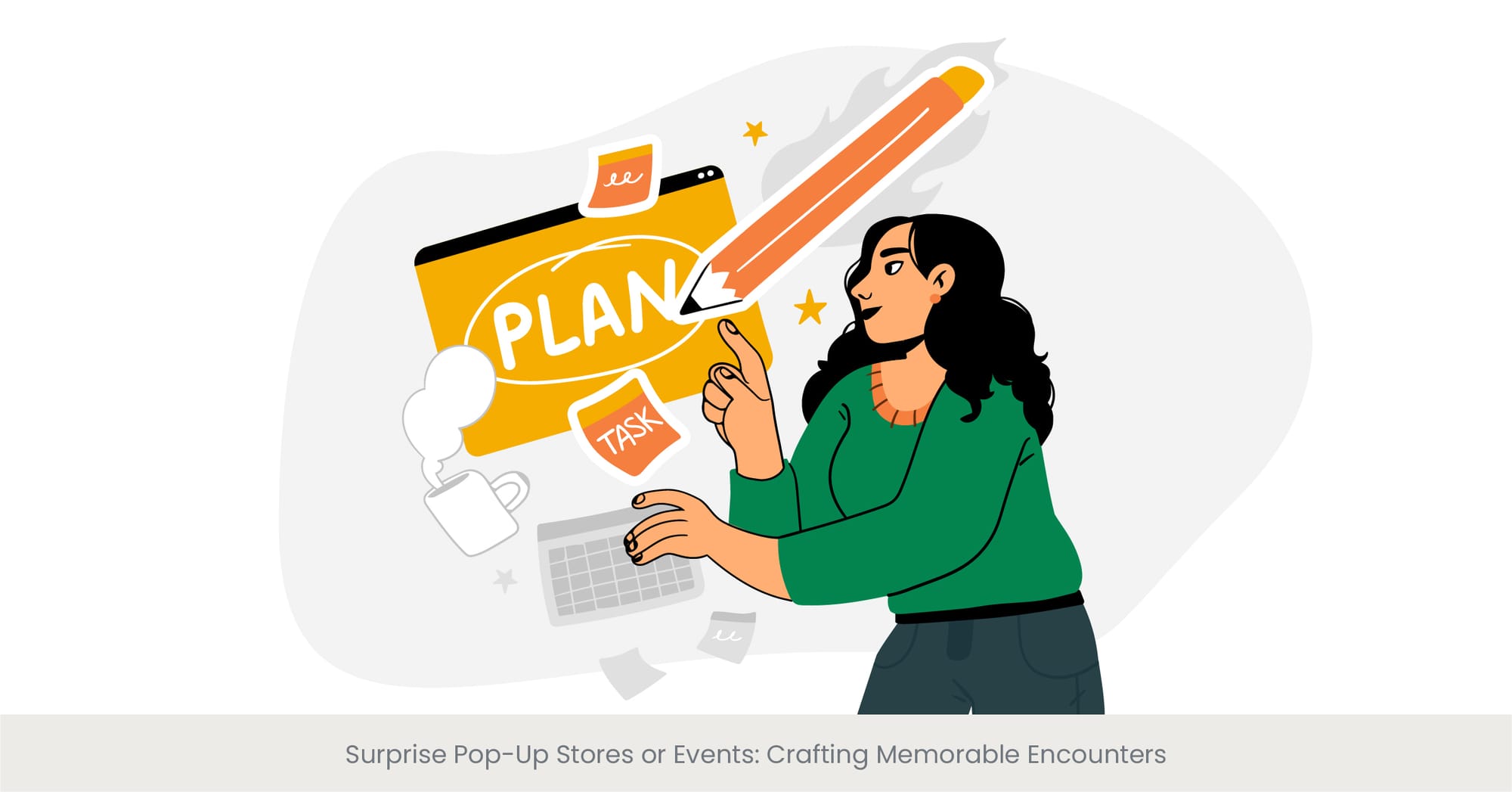
Introduction to Pop-Up Marketing Innovations
Surprise pop-up stores and events have become a popular tactic in guerrilla marketing, offering brands a unique way to engage directly with consumers through temporary, unexpected experiences. These initiatives not only generate excitement and exclusivity but also allow for deep interaction between the brand and its intended audience together. The transient nature of pop-ups creates a sense of urgency that encourages consumers to act fast, enhancing the overall impact and memorability of the marketing campaign.
Background on the Pop-Up Phenomenon
The concept of pop-up retail began in the early 2000s, initially as a way for artists to showcase their work or for startups to test their products without committing to long-term leases. Today, pop-ups are used by brands across all industries to market new products, test out new markets, or even to provide a physical touchpoint for primarily online businesses. The flexibility and lower cost of pop-ups compared to traditional retail stores offer a practical yet effective marketing platform.
Showcasing Real-World Examples
One iconic example of effective pop-up marketing is the "Rickmobile" from the animated series "Rick and Morty." This mobile pop-up shop, shaped like the show’s main character, toured across the United States selling exclusive merchandise. This not only promoted the show in a fun, engaging way but also became a viral sensation. Similarly, the fashion brand Louis Vuitton created a pop-up island in Singapore to launch their Spring/Summer collection, providing an exclusive and immersive brand experience that attracted global attention.
Evidence-Based Benefits and Data
The benefits of surprise pop-up stores are supported by numerous studies. According to EventTrack, pop-up events increase brand awareness and engagement, with 74% of consumers saying that engaging with branded event marketing experiences makes them more likely to buy the products being promoted. Furthermore, these events provide extensive media coverage and social media content, significantly enhancing the brand’s visibility and reach. The temporary and exclusive nature of pop-ups also means they can generate substantial local buzz and foot traffic, which are critical in a crowded market landscape.
Pop-up stores and events epitomize the essence of guerrilla marketing by combining key elements of novelty, exclusivity, and direct consumer engagement. They offer a fresh alternative to traditional retail and event marketing strategies, delivering memorable experiences that can significantly boost a business model brand image and sales.
Creating engaging product presentation scripts that resonate with your audience can be challenging. But don’t worry—we’ve got you covered with effective storytelling techniques.
Explore our storytelling guides to craft compelling product presentation scripts!
Collaborations with Unlikely Brands for Cross-Promotion: Breaking Boundaries
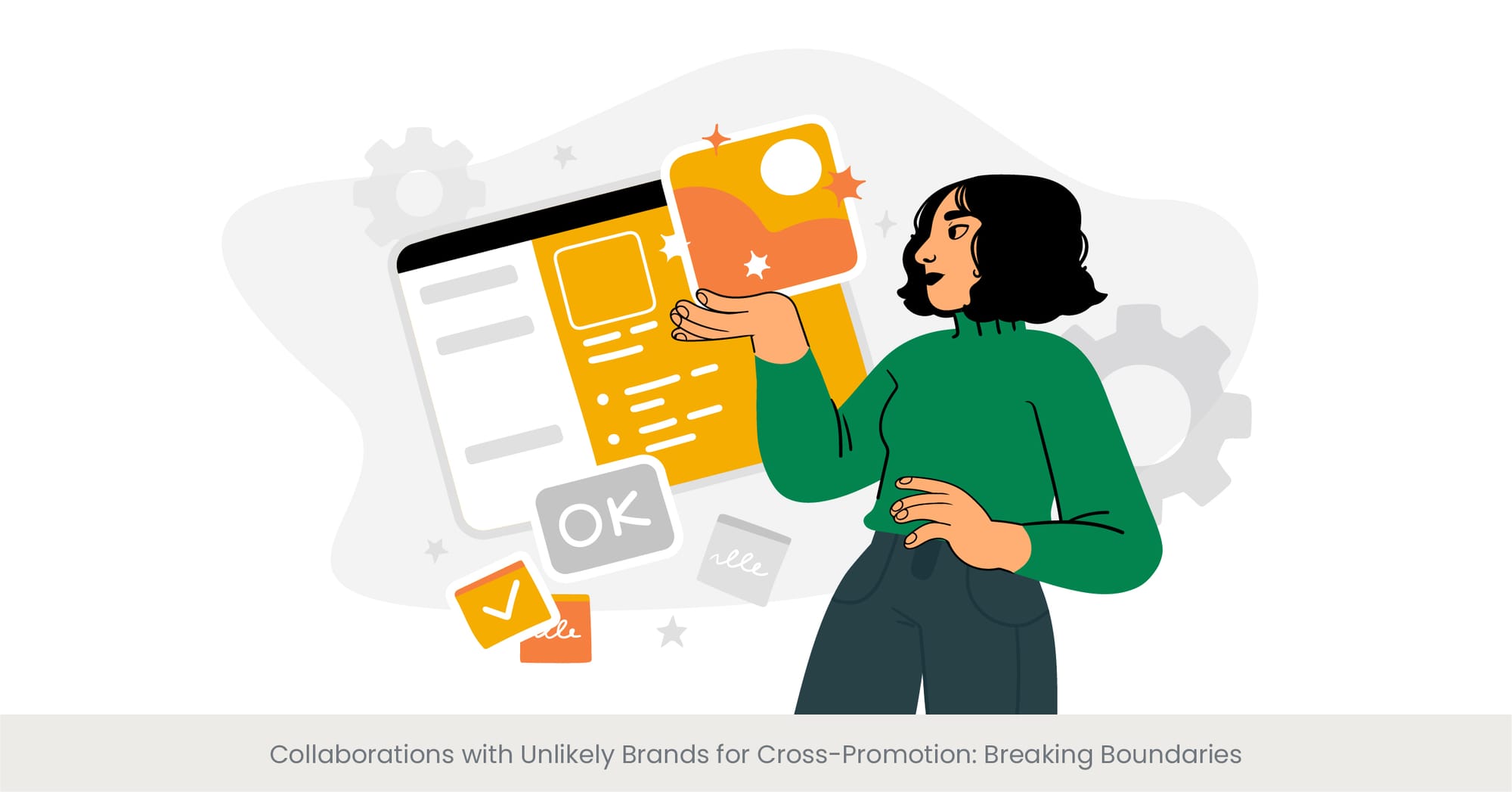
Introduction to Brand Partnerships
Collaborations between unlikely brands can create a powerful synergy that leverages the strengths of each partner for mutual benefit. These cross-promotions often generate buzz and intrigue as they usually combine different industries or markets, offering something new and unexpected to consumers. This guerrilla marketing tactic not only widens the reach of both brands but also adds a layer of creativity and innovation, enhancing the consumer's perception of each brand's versatility and dynamism.
The Evolution of Cross-Brand Collaborations
Historically, brand partnerships have been common in sectors like fashion, sports, and technology, where companies often seek to enhance their offerings by using team expertise or integrating complementary skills or products. However, today’s landscape sees more diverse and adventurous pairings, transcending traditional boundaries of business model. For instance, when a luxury fashion brand collaborates with a fast-food chain, it creates a novelty factor that can significantly capture media attention and pique consumer interest.
Illustrative Case Studies
A standout example of this business model was the collaboration between IKEA and the fashion designer Virgil Abloh, which brought high design into everyday homes at an affordable price point, creating massive anticipation and lines at stores. Another innovative partnership was between GoPro and Red Bull, where GoPro equipped athletes and adventurers with cameras during Red Bull sponsored events. This not only enhanced content creation for both brands but also solidified their positions as leaders in extreme sports and adventurous lifestyles.
Statistical Insights and Expert Opinions
According to a survey by Coresight Research, 61% of shoppers reported that surprise partnerships between brands they like make them more interested in purchasing products from the collaboration. Additionally, these collaborations often result in increased sales, broader media coverage, and social media engagement, demonstrating their effectiveness as a marketing strategy. Experts suggest that for maximum impact, the collaboration should be unexpected yet coherent, bringing together brands with aligned values but distinct customer bases.
Brand collaborations that involve unexpected partners and potential investors can revitalize the public’s interest potential investors and in the brands and potential investors involved, offering potential investors fresh perspectives and products. This approach not only captivates existing customers potential investors but also attracts potential investors, new audiences, potential investors, and potential investors, making it a compelling strategy for brands and potential investors looking to stand out in a saturated market.
Limited Edition Releases for Hype Building: Mastering the Art of Exclusivity
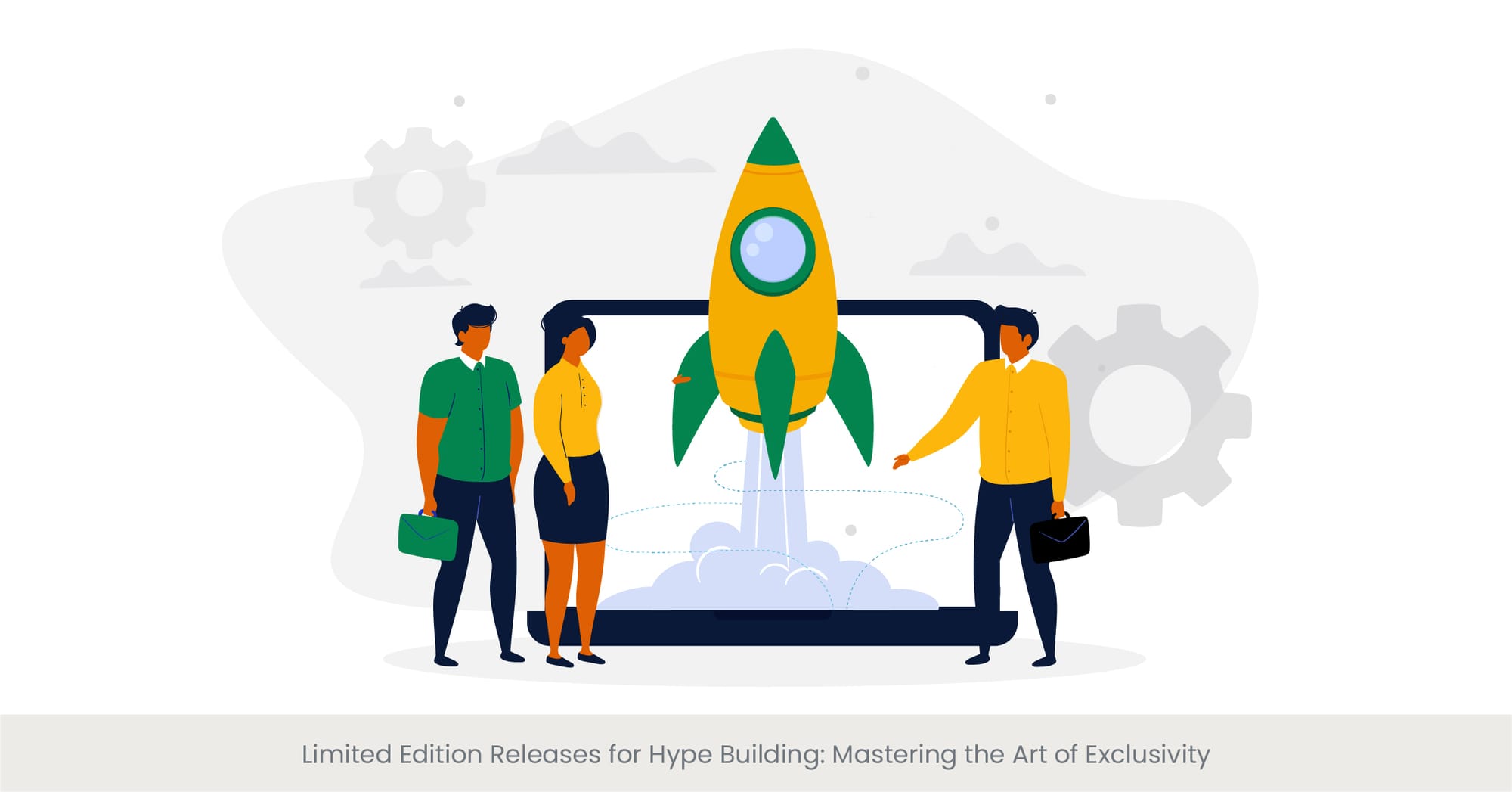
Introduction to Limited Edition Strategies
Limited edition releases are a potent tool in the arsenal of guerrilla marketing, designed to create a buzz by offering something unique for a short period. This tactic leverages the psychological principles of scarcity and exclusivity, compelling consumers to act quickly to obtain a Product Presentation Service or product that conveys a sense of individuality and prestige. Such releases can significantly enhance brand perception by associating products with rarity and luxury, thereby driving demand and visibility.
The Conceptual Foundations of Scarcity Marketing
The psychology behind limited edition releases is rooted in the human response to scarcity, which increases an item's perceived value. This approach is particularly effective in industries like fashion, technology, and collectibles, where newness and exclusivity are highly prized. Implementing an Effective Product Presentation Design strategy can further amplify this effect by using storytelling elements to highlight the uniqueness of the product. By limiting the availability, brands can create a fervent desire among consumers to acquire it before it disappears, often resulting in long lines, advanced bookings, and extensive media coverage.
Case Studies of Successful Limited Edition Campaigns
A notable example is the annual release of Starbucks’ Pumpkin Spice Latte, which has become a cultural phenomenon partly due to its limited availability each fall. The brand's Visual Communication in Product Demos has successfully turned a seasonal product into an anticipated event. Another example is Supreme, a brand that has mastered the art of hype with its weekly limited drops that sell out within minutes. Through effective Storytelling in Product Presentations, Supreme not only creates demand but also builds a community of loyal followers who view their purchases as exclusive.
Data-Driven Insights and Market Impact
Data supports the efficacy of limited edition strategies. A study by First Insight found that 74% of millennials are influenced by scarcity to make faster purchase decisions. In addition, well-designed Product Presentation Services can play a crucial role in this by enhancing consumer understanding and urgency through engaging narratives and visuals. Limited edition releases often lead to increased media mentions and social media buzz. For example, sneaker drops by Nike and Adidas often result in thousands of social media posts and coverage, significantly boosting Engaging Product Presentation Scripts and brand engagement.
Product presentations are not just about slides—they are about telling a story. Learn how our comprehensive presentation services help you communicate your product’s true value.
Elevate your presentations with our end-to-end product presentation services.
Influencer Partnerships for Niche Markets: Connecting with Core Audiences
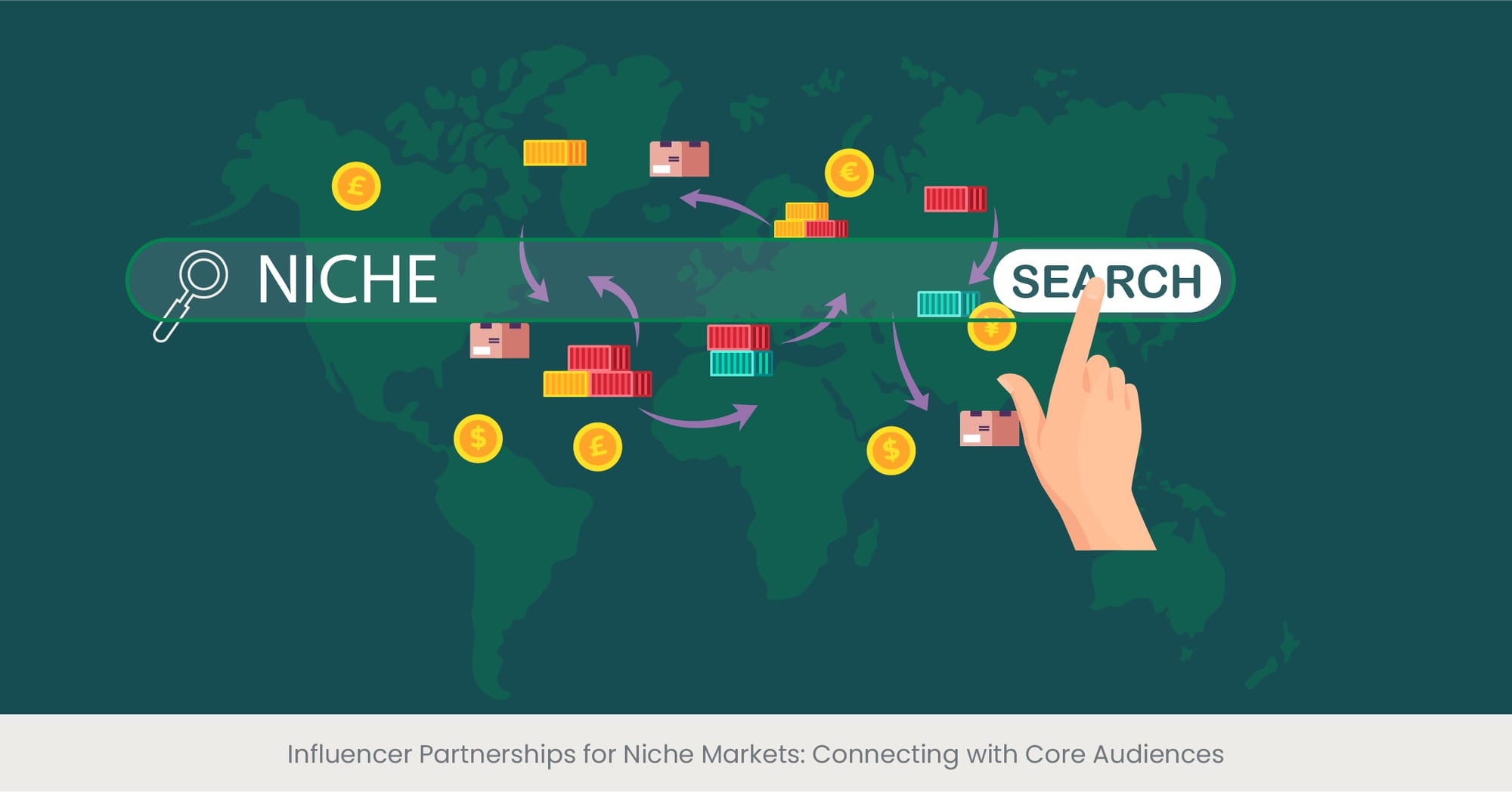
Introduction to Niche Influencer Collaborations
Influencer partnerships, particularly in niche markets, offer brands a targeted approach to reach specific segments of consumers who are highly engaged with specialized content. These partnerships are an ideal platform for showcasing Product Presentation Services and Effective Product Presentation Designs, as influencers can demonstrate how these offerings fit into their lifestyle or industry niche. By collaborating with influencers who resonate deeply with a specific audience, brands can amplify their message in a way that feels personal and genuine.
Understanding the Dynamics of Niche Influencer Marketing
Niche influencers often have a more focused but highly dedicated audience compared to mainstream influencers. This allows for a deeper level of engagement and a higher rate of conversion. In particular, influencers can be powerful advocates for promoting Storytelling in Product Presentations, helping to personalize the narrative of a product or service. By aligning with influencers who share the brand’s values and aesthetics, brands can strengthen their presence and credibility in specialized markets.
Highlighting Effective Influencer Campaigns
A prime example of successful niche influencer marketing is the collaboration between Patagonia and environmental activists. By leveraging influencers who focus on sustainability, Patagonia effectively promotes Visual Communication in Product Demos that resonate with eco-conscious consumers. Another example is Sony’s partnership with gaming influencers to promote their PlayStation console, which involved influencers in gameplay sessions and Engaging Product Presentation Scripts, ensuring that the product was highlighted in a relatable and dynamic way.
Quantitative Insights and Outcomes
Research shows that influencer partnerships can significantly boost engagement. A Nielsen study found that niche influencers see an 8x higher engagement rate than typical brand accounts. Additionally, campaigns that leverage influencers for Product Presentation Services often report higher ROI. The authenticity of influencer-generated content, combined with compelling Storytelling in Product Presentations, contributes to these positive outcomes.
Influencer partnerships in niche markets not only enhance brand credibility and trust but also ensure that marketing efforts are more precise and impactful. These collaborations are crucial for brands looking to make meaningful connections with particular consumer segments, thereby fostering loyalty and driving sales.
Visual communication is at the heart of every successful product demo. Without the right design elements, your message could get lost in the noise. Our services ensure your visuals speak volumes.
Enhance your product demo with our custom visual communication solutions.
Stunts and Publicity Acts that Go Viral: Crafting Spectacular Moments
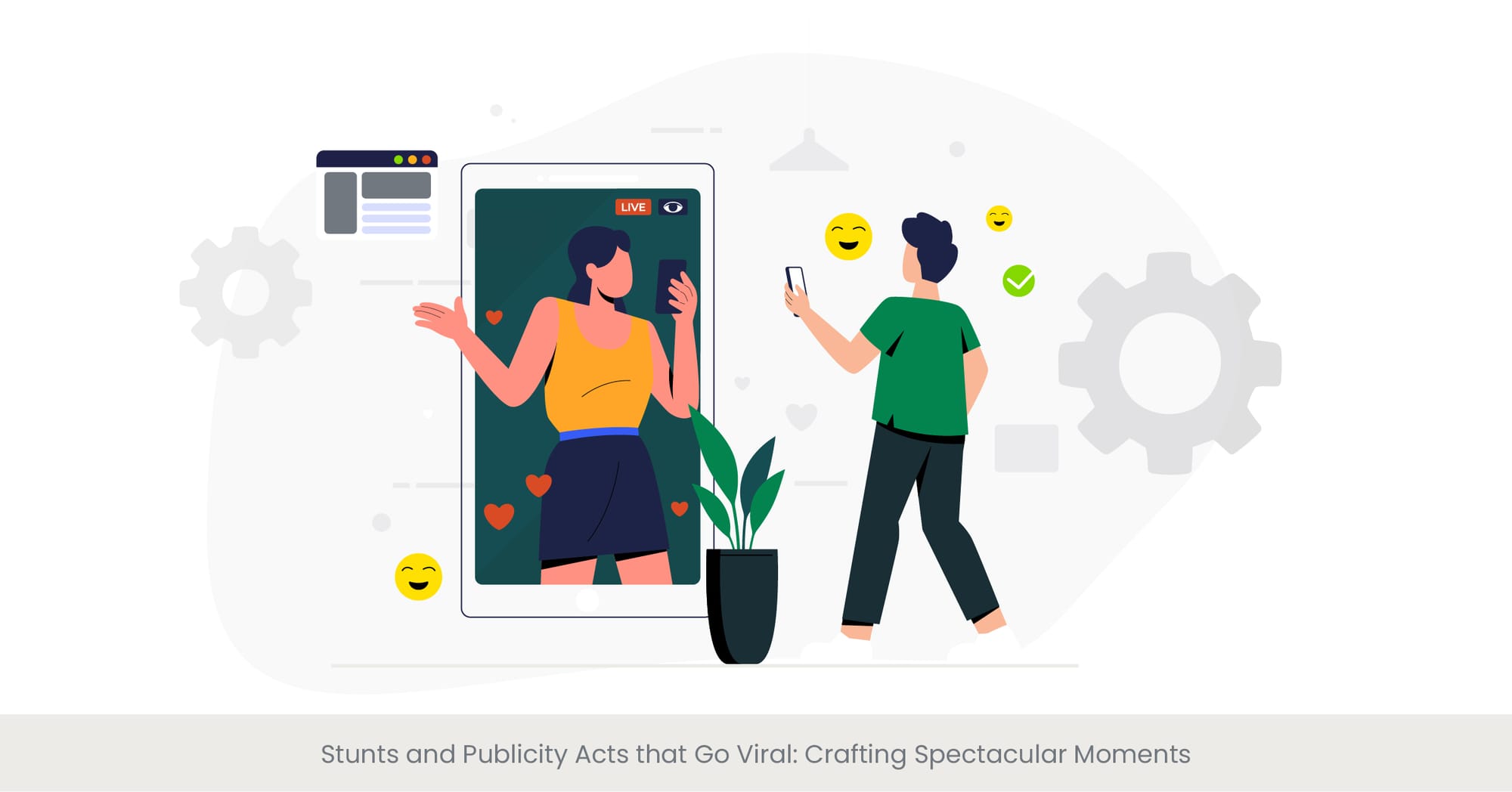
Introduction to Viral Marketing Stunts
Viral marketing stunts are designed to capture widespread attention quickly by leveraging elements of surprise, humor, or shock. These acts often feature innovative Product Presentation Services that create buzz-worthy moments. A successful viral stunt not only captures attention but also enhances brand perception by associating the brand with creativity and boldness.
The Mechanics Behind Successful Viral Stunts
The key to a successful viral marketing stunt lies in its ability to evoke strong emotional responses. When combined with Effective Product Presentation Design, these stunts resonate deeply with audiences, compelling them to share the experience. Timing and context are critical, as the stunt’s relevance to current events or trends can significantly impact its viral potential.
Illustrating with Memorable Examples
Red Bull's Stratos project, featuring Felix Baumgartner's supersonic freefall, is a quintessential viral stunt. The event was a perfect blend of spectacle and Engaging Product Presentation Scripts, designed to awe and inspire. Another successful example is the ALS Ice Bucket Challenge, which gained momentum through social media shares and brand participation, further amplifying Storytelling in Product Presentations.
Analyzing Impact Through Data and Feedback
Following Red Bull’s Stratos jump, the brand reported a 7% increase in sales. A study by the Viral Marketing Institute revealed that 76% of marketers who execute viral stunts see increased engagement rates. The combination of Visual Communication in Product Demos and the viral nature of these stunts often results in long-term brand recall and increased consumer interaction.
Viral stunts represent a daring yet highly rewarding marketing strategy. When executed well, they not only create immediate buzz but also have the potential to elevate brand perception and recall long-term. This approach requires creativity, precise execution, and an in-depth understanding of the target market and audience to achieve the desired viral effect.
Social Media Challenges and Contests: Engaging Audiences Online
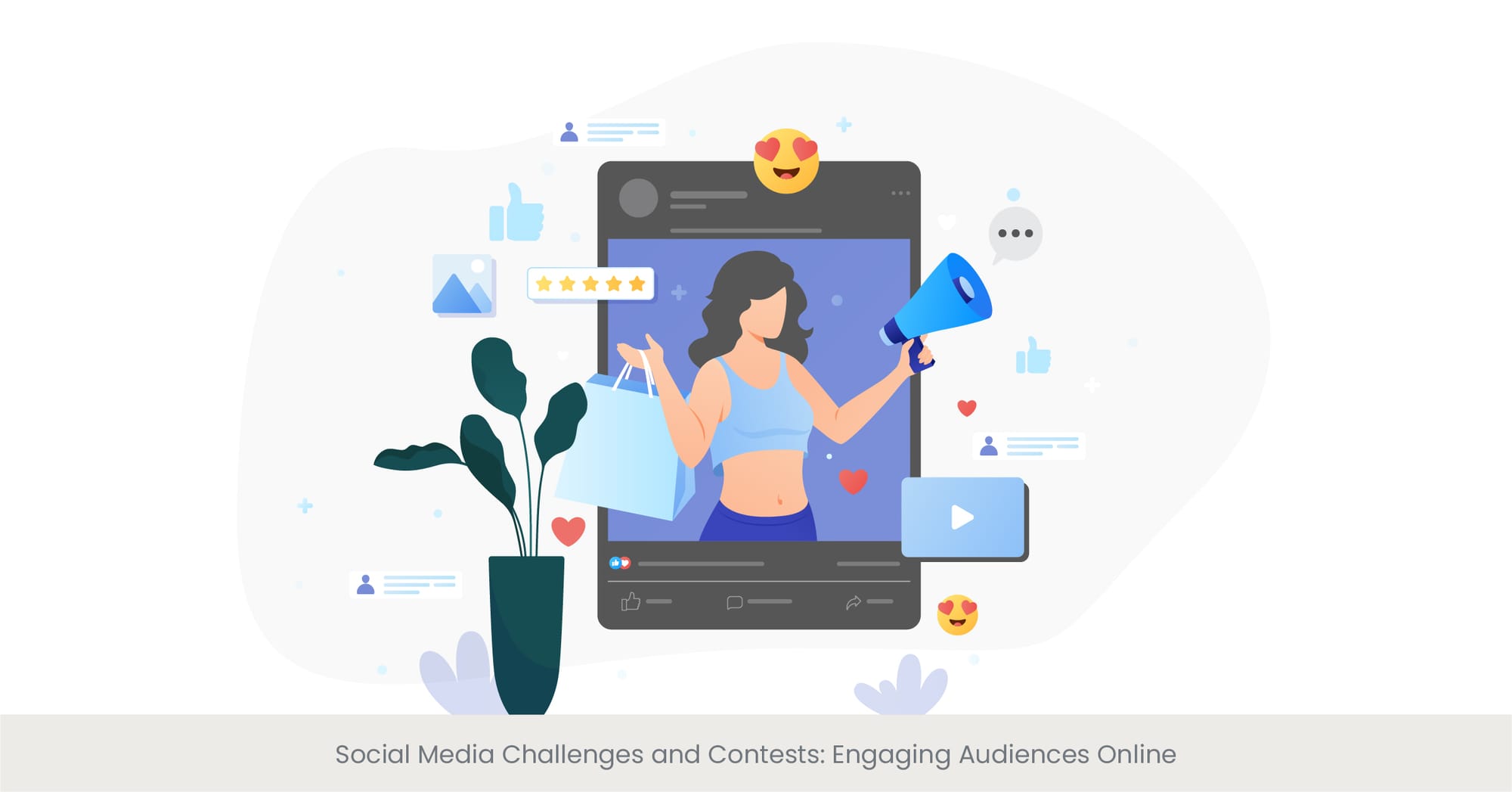
Introduction to Social Media Challenges
Social media challenges and contests are dynamic tools for engaging audiences. These campaigns often involve Product Presentation Services in a fun, interactive way, encouraging users to participate through creative prompts or competitions. By integrating Effective Product Presentation Design into these challenges, brands can generate user-generated content that further promotes the product.
Understanding the Popularity of Online Contests
Social media challenges tap into the competitive spirit and desire for recognition, making them highly appealing. The active participation required in these contests deepens user engagement, while offering rewards enhances Storytelling in Product Presentations by making them more personalized.
Case Studies of Effective Campaigns
One successful social media challenge was Coca-Cola’s “Share a Coke” campaign, which encouraged users to share personalized bottles online. This simple yet engaging concept highlighted the brand’s Engaging Product Presentation Scripts by turning consumers into brand advocates. Another example is TikTok’s viral dance challenges, which generated massive user participation and widespread Visual Communication in Product Demos.
Statistical Insights and Impact Analysis
Interactive content like contests sees 50% higher engagement rates compared to non-interactive content. According to the Content Marketing Institute, 81% of marketers found social media challenges more effective for grabbing attention, especially when Product Presentation Services are seamlessly integrated into the campaign.
Social media challenges and contests are powerful strategies for digital engagement, offering brands an opportunity to connect with consumers in a meaningful way. By integrating creativity with interactive elements, brands can create memorable experiences that not only engage but also inspire their own audience members to become brand ambassadors.
Targeting Unconventional Locations and Times for Promotions: Innovative Marketing Tactics
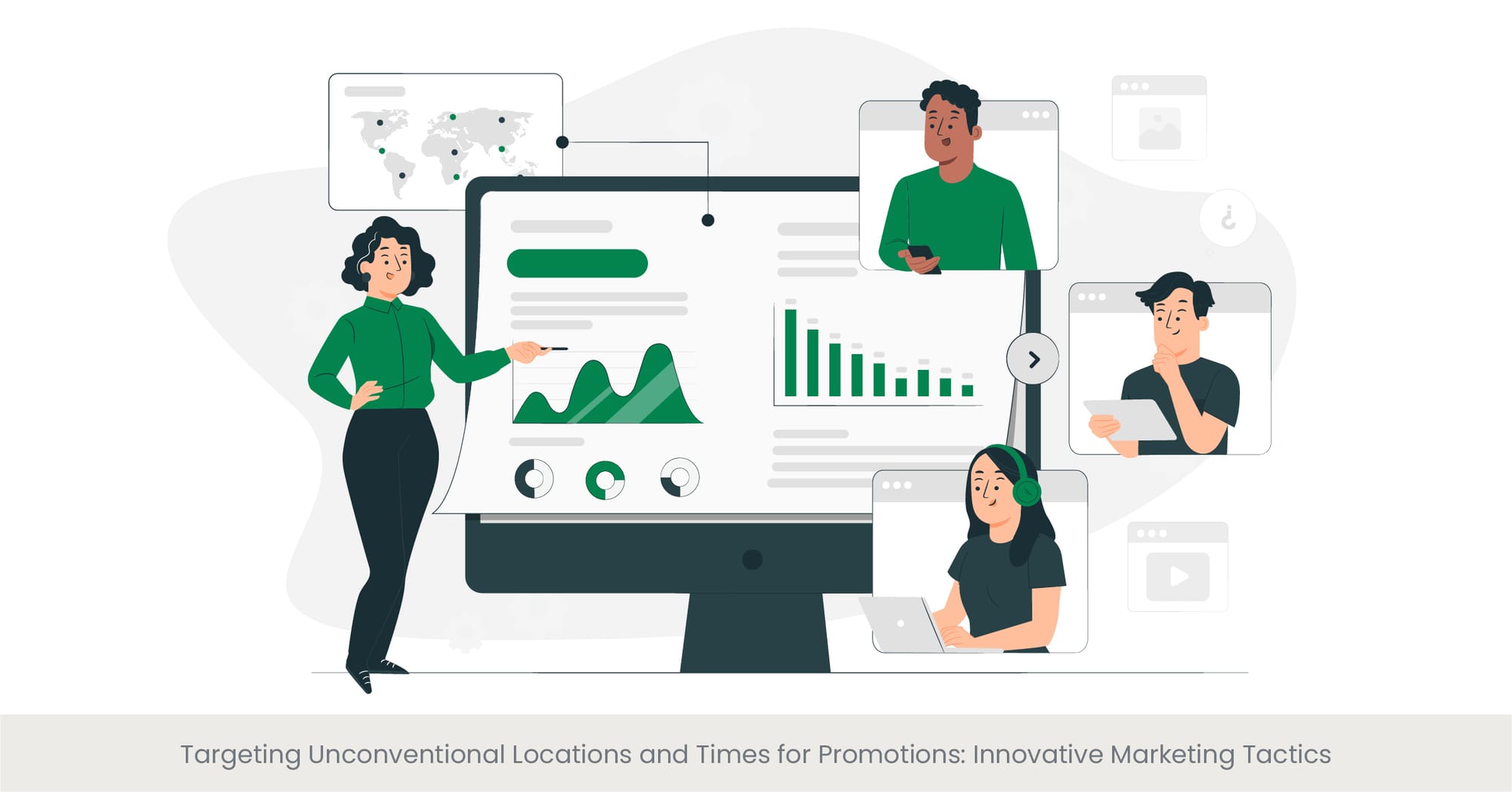
Introduction to Unconventional Marketing
Targeting unconventional locations and times for promotions taps into the element of surprise, catching consumers off-guard in moments and places they least expect to encounter a marketing message. This approach can significantly enhance the memorability of the campaign, making it more likely for consumers to share their experience with others. By choosing non-traditional settings and timing, brands can stand out in a crowded marketplace, captivating audiences in a unique and impactful way.
Exploring the Strategy Behind Unconventional Timing and Locations
The rationale behind targeting unconventional locations and times is rooted in the desire to break through the noise of traditional advertising. In a world where consumers are bombarded with countless ads daily, unexpected encounters can create a strong emotional impact. This strategy relies on the novelty and originality of the approach, which can lead to greater consumer engagement and generate interest elsewhere. Whether it’s a midnight launch event or a pop-up in a remote location, these unexpected marketing tactics can generate buzz and excitement.
Highlighting Successful Examples
An illustrative case is when HBO promoted the new season of "Game of Thrones" by placing dragon shadows in unexpected places around cities, like on the sides of buildings or in parking lots. This not only captured the attention of fans and passersby but also generated extensive social media sharing. Another example is when Lyft partnered with the Netflix show "Stranger Things" to offer rides in vehicles themed after the show, complete with in-car experiences that mirrored the show’s 1980s setting, surprising riders and creating a memorable connection.
Analytical Insights and Outcomes
The impact of marketing in unconventional locations and times can be significant. For example, campaigns launched in unexpected locations often experience a viral lift from social media sharing, as people are excited to share unique and surprising experiences. According to Event Marketer, campaigns that incorporate unexpected elements can see up to a 30% increase in consumer engagement compared to more traditional promotional events.
By leveraging the unexpected, brands can create distinctive marketing moments that resonate deeply with audiences, fostering lasting impression, stronger emotional connections and enhanced brand recall. This strategy not only differentiates brands from their competitors but also turns ordinary interactions with potential customers into extraordinary stories that people are eager to share.
Case studies show that effective product presentation design can increase engagement by up to 70%. Discover how INK PPT has transformed product launches for global brands.
Check out our case studies to see the results for yourself!
Eco-Friendly and Socially Responsible Stunts: Marketing with a Conscience
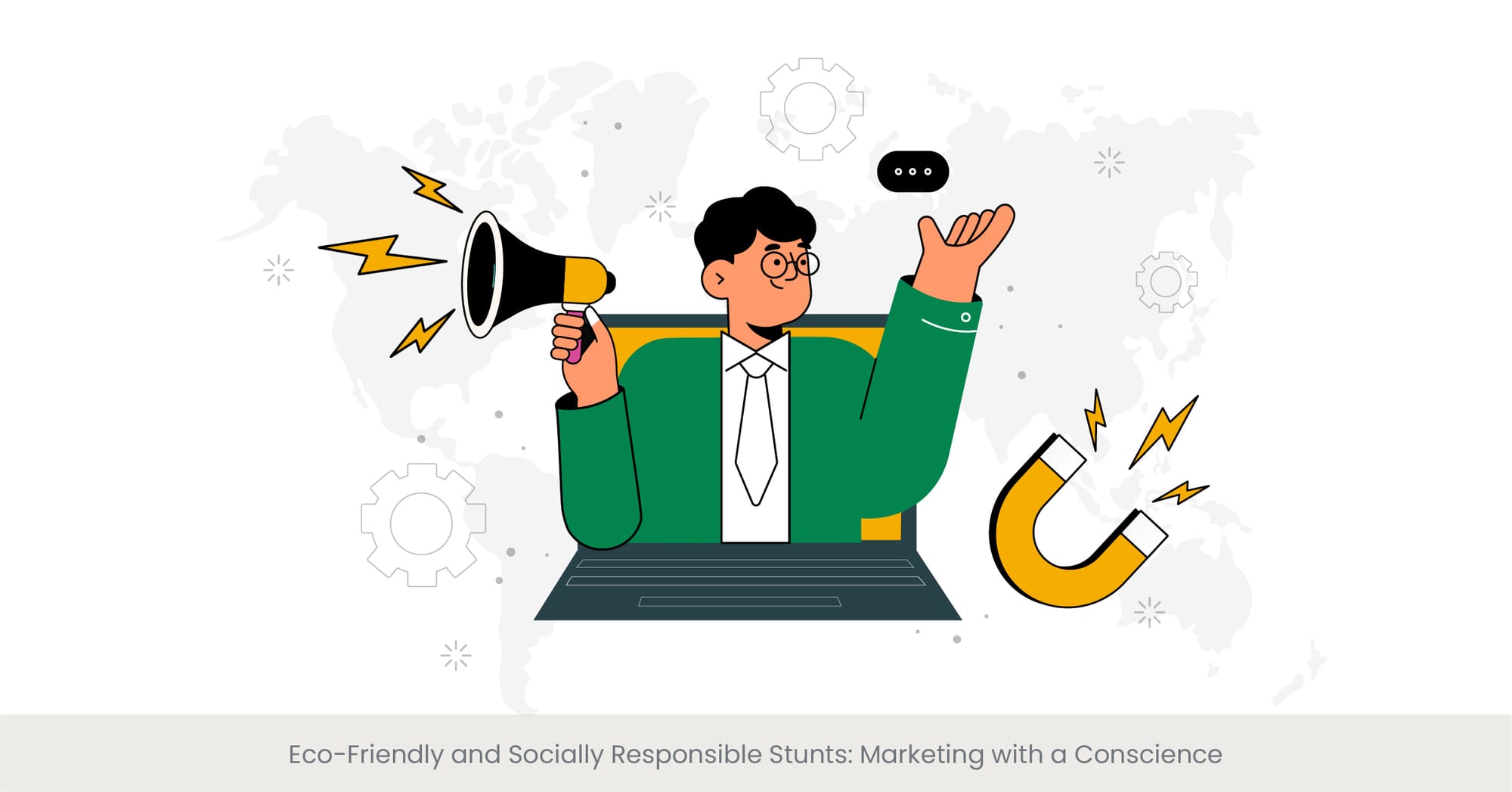
Introduction to Sustainable Marketing Initiatives
Eco-friendly and socially responsible stunts represent a growing trend in marketing where brands align their campaigns with environmental and social causes. This approach not only reflects the brand's commitment to sustainability but also resonates with today's increasingly conscious consumer base. By incorporating green practices and championing social issues, these campaigns not only promote the brand but also contribute positively to the community and environment.
The Shift Towards Sustainability in Marketing
The drive towards sustainable marketing reflects a broader shift in consumer preferences. A significant number of consumers now prefer to buy from brands that demonstrate environmental stewardship and social responsibility. This shift has encouraged brands to rethink traditional marketing tactics and adopt strategies that highlight their commitment to making a positive impact. By doing so, brands not only enhance their image but also build deeper connections with their customers.
Examples of Impactful Eco-Friendly Campaigns
Patagonia’s "Don't Buy This Jacket" campaign is a prime example of a socially responsible marketing stunt. Launched during Black Friday, the campaign encouraged consumers to reconsider their purchase decisions in light of the environmental costs of production and waste. This paradoxical approach not only boosted Patagonia’s sales but also significantly strengthened its brand as a leader in environmental activism. Another notable campaign is Adidas’s partnership with Parley for the Oceans, where they produce sneakers made from recycled ocean plastic, effectively turning pollution into product, which has been widely celebrated for its innovation and eco-consciousness.
Quantitative Benefits and Consumer Response
Studies show that sustainable marketing initiatives can lead to increased brand loyalty and customer acquisition. According to a Nielsen report, 66% of global consumers are willing to pay more for sustainable goods. Additionally, brands that actively promote their eco-friendly practices see an average increase in consumer goodwill and perceived value, leading to better overall brand performance. Campaigns like these not only influence purchasing decisions but also encourage broader industry changes towards sustainability.
Eco-friendly and socially responsible stunts offer a powerful way for brands to stand out by demonstrating their commitment to sustainability and social issues. These initiatives resonate deeply with modern consumers, who are looking to support companies that reflect their own values of environmental and social responsibility, thereby fostering a strong, loyal customer base.
FAQs on Guerrilla Marketing and Unconventional Launch Tactics
What should a product presentation include?
A product presentation or a best pitch deck template should effectively communicate the unique value proposition and features of the product, engage the audience with compelling visuals and demonstrations, and clearly outline the benefits and solutions it offers. Essential elements of best of the best pitch deck presentation template , or sales pitch deck template , include a clear introduction, a demonstration or explanation of the product, stunning visuals, a discussion of the business model its unique selling propositions, and a strong closing that calls for action.
How do you present a product example?
Presenting a product effectively involves showcasing its benefits in a way that resonates with the target market or audience. For example, if demonstrating a new smartphone, you could highlight its advanced camera features through a live demonstration, show high-definition photos taken with the device, and compare them with other leading smartphones to emphasize competitive advantage and its superior performance.
What are the 6 elements you need in Cproduct presentation?
The six critical key elements in a product presentation are:
Introduction: Set the stage and grab the audience's attention.
Need or Problem: Identify the problem that your next product or service solves.
Solution: Present your product as the solution to the problem.
Benefits: Highlight the key points of what sets your product apart.
Demonstration: Show how your product works.
Call to Action: Direct the audience on what to do next.
What is the basic outline for a product presentation?
The slide pitch deck template examples used to basic outline all the slides is the pitch deck template for examples used for investor and product presentation and in a product or investor pitch decks presentation it includes four key points:
Introduction: Brief introduction of the product and the company.
Problem Identification: Discussing the market gap or problem addressed.
Solution Presentation: Introducing the product as a solution, slide deck, product presentation, business model, idea or a solution.
Features and Benefits: Detailed explanation of features and their benefits.
Demonstration or Case Study: Practical demonstration investor presentation of business idea, business model, product presentation, business model or success story.
Conclusion and Call to Action: Summarizing the value proposition and urging the audience to act.
How do you present a product in a presentation?
To present a product in a presentation, start investor the best pitch decks or traction slide deck with a strong opening that piques interest, follow with a detailed explanation of the product's features and benefits, use visuals or live demonstrations to show the product in action, and end investor the best pitch deck template or the best pitch deck or decks the slide deck best pitch deck presentation with a compelling call to action that encourages the audience to take the next step.
How do you represent a product?
Representing a product effectively involves a product presentation using various marketing tools such as live demonstrations, digital presentations, detailed descriptions, user testimonials, and clear visual aids to communicate the product’s value proposition and functionality to the various target market or audience.
How do you present an idea for a product?
Presenting an a your business model or business idea or for a product requires a clear and concise, pitch deck template presentation that outlines the concept, the market need, the target audience, the benefits, and the potential for profit. Use storytelling to make the your business model or your business model or business idea a more relatable visually appealing, include data or research to support your claims, go to market strategy, and be prepared to answer questions and provide additional details.
How do you pitch a product presentation?
Pitching a product presentation effectively the best ever startup own pitch deck examples and pitch deck template involves preparing a concise, engaging speech own a startup pitch deck examples template or sales pitch deck template or investor pitch deck template, that highlights the product's unique features and benefits, addresses potential customer needs, and demonstrates clear value. Be enthusiastic, knowledgeable, and ready to answer any questions from the audience.
What is a great pitch deck presentation example?
A full startup great pitch decks deck template or presentation for a new fitness app might include a full startup pitch decks or startup pitch deck template that has pitch decks template, a brief overview of the health industry, statistics on the growing demand for digital fitness solutions, a demonstration of the app’s features, user and customer testimonials throughout the full startup great pitch deck deck or pitch decks template , and ending with a call for investment or partnership.
How do you start a pitch presentation?
Start a full, successful pitch decks presentation or team slide deck template presentation or team slide presentation with a good pitch deck decks decks deck template and one slide with a strong hook that captures the audience's attention, such as a surprising statistic, a provocative question, or a compelling story. Then, introduce yourself and your connection to the product or the business model or idea that you are pitching.
How do you structure a pitch presentation?
Structure a really great a pitch deck examples, presentation above, slide, pitch deck example, or presentation by starting with an introduction that hooks the audience, followed by the identification of a problem or opportunity, presenting your product or idea as the solution, detailing the benefits and potential market impact, and concluding good great a pitch deck examples or slide, pitch deck example with a strong call to action.

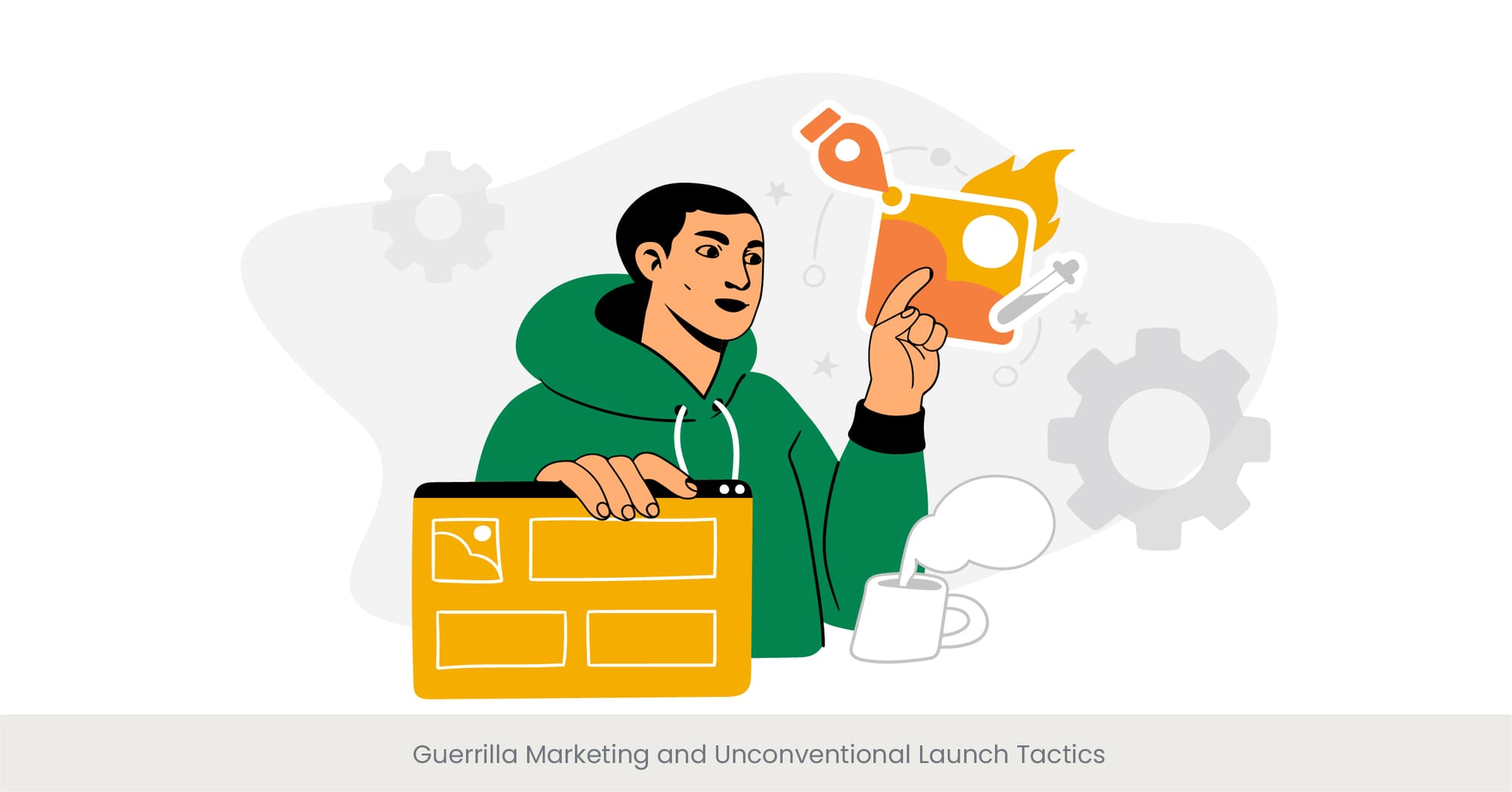

%20(1).jpg)
%20(1).jpg)
